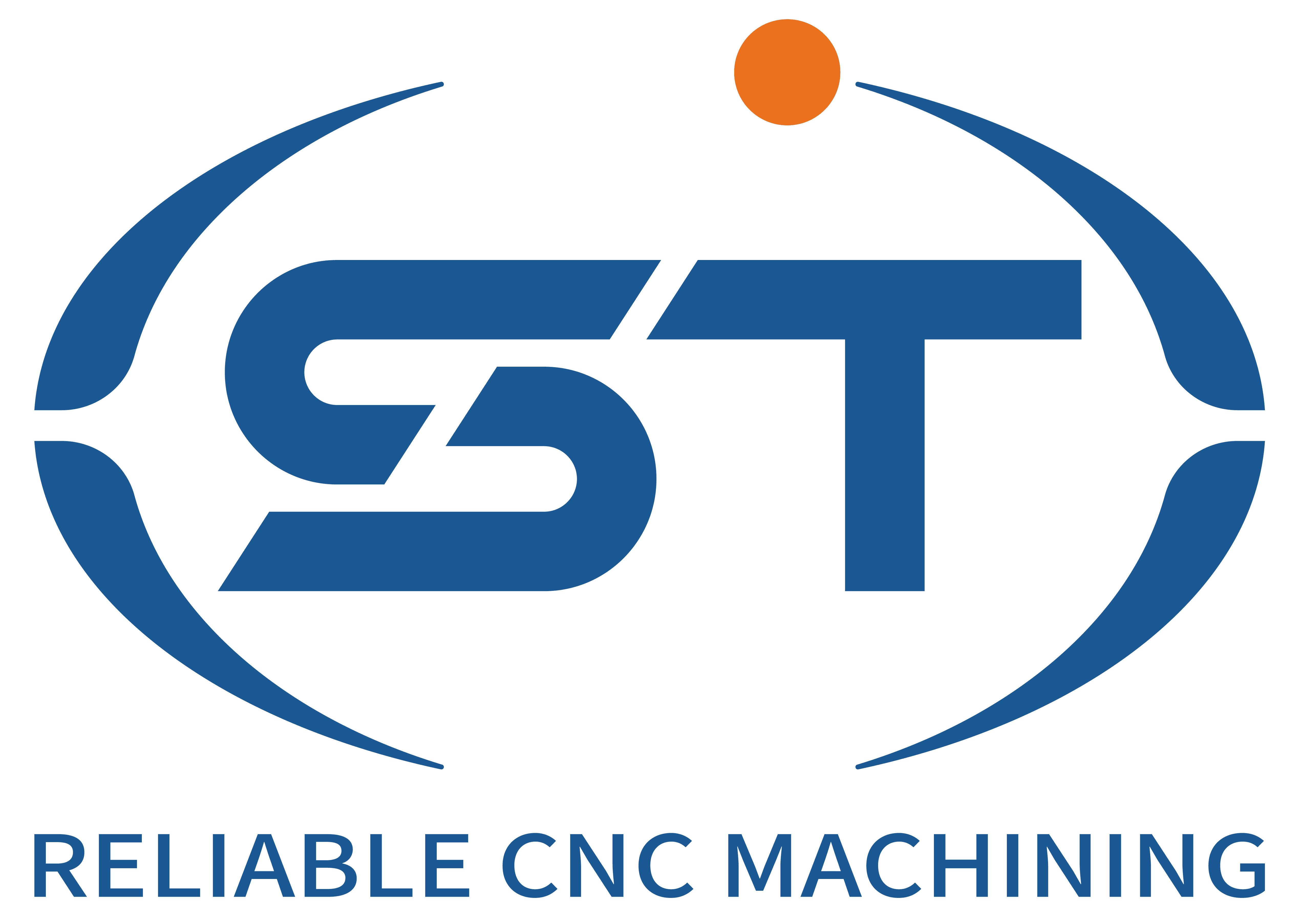Macro Programming Applications in CNC Machining for Automotive Components
The automotive industry demands precision, efficiency, and adaptability in CNC machining processes. Macro programming, a powerful tool within CNC controllers, enables manufacturers to automate complex tasks, reduce setup times, and enhance part consistency. By integrating custom variables, conditional logic, and iterative operations, macro programs address challenges unique to automotive component production, such as intricate geometries, material variability, and batch customization.
Table of Contents
ToggleEnhancing Complex Geometry Machining
Automotive parts like engine blocks, transmission housings, and suspension components often feature irregular contours and tight tolerances. Traditional CNC programs rely on fixed toolpaths, which may struggle with adaptive machining requirements. Macro programming introduces dynamic adjustments by linking cutting parameters to geometric data stored in variables. For example, a macro can calculate optimal feed rates based on surface curvature or adjust spindle speed to compensate for material hardness variations. This flexibility ensures consistent quality even when machining non-linear features, reducing manual interventions and scrap rates.
Variable-Driven Toolpath Optimization
By defining variables for critical dimensions (e.g., bore diameters, chamfer angles), macros enable real-time modifications without rewriting entire programs. A single macro can machine multiple variants of a component by altering input values, streamlining production for parts with shared design principles. This approach is particularly valuable for prototyping, where iterative changes are frequent, as engineers can test design modifications without extensive programming overhead.
Streamlining Batch Production Processes
Automotive manufacturers prioritize high-volume efficiency, but customization trends (e.g., electric vehicle components) require agile production systems. Macro programming supports this duality by automating repetitive tasks across batches. For instance, a macro can initialize tool offsets, measure part dimensions using in-process probes, and adjust cutting parameters dynamically based on feedback. This closed-loop system minimizes human error and ensures each part meets specifications, even when processing hundreds of units consecutively.
Adaptive Machining for Material Consistency
Raw material properties often vary between batches, affecting tool wear and surface finish. Macros can incorporate conditional statements to detect deviations (e.g., excessive vibration or temperature changes) and trigger corrective actions, such as reducing feed rates or activating coolant boosts. This proactive approach extends tool life and maintains part integrity, which is critical for safety-critical automotive components like brake rotors or steering knuckles.
Reducing Setup Time Through Modular Programming
Switching between different automotive parts on the same CNC machine typically involves time-consuming manual adjustments. Macro programming modularizes these processes by storing tooling configurations, workholding setups, and machining sequences as reusable subroutines. Operators can call specific macros based on part requirements, automatically loading predefined parameters like tool numbers, spindle speeds, and Z-axis offsets. This modularity cuts setup times by up to 50%, enabling faster job changes without sacrificing accuracy.
Error-Proofing Workflows
Macros can include validation checks to prevent common setup mistakes, such as incorrect tool selection or insufficient workpiece clamping. For example, a macro might compare input values against a database of valid parameters and halt execution if discrepancies are detected. This safeguard is invaluable in high-mix environments, where operators handle diverse parts daily, reducing the risk of costly errors.
Improving Surface Finish and Tolerance Control
Automotive components like cylinder heads and gears demand near-mirror finishes and sub-micron tolerances. Macro programming refines surface quality by integrating advanced techniques such as adaptive trochoidal milling or constant-load turning. By analyzing tool engagement angles and material removal rates, macros can optimize cutting conditions to minimize vibrations and thermal distortion. Additionally, macros can implement compensation strategies for tool deflection, ensuring dimensional accuracy even in deep cavities or thin-walled structures.
Multi-Pass Strategies for Difficult Materials
Hardened steels or lightweight alloys used in automotive applications often require multi-pass machining to avoid tool failure. Macros can automate pass sequencing, adjusting depths of cut and coolant flow between iterations. For example, a macro might start with a roughing pass at high feed rates, followed by semi-finishing and finishing passes with progressively lighter cuts. This tiered approach balances productivity with surface integrity, meeting the stringent requirements of automotive standards like ISO 9001.
By leveraging macro programming, automotive manufacturers achieve a competitive edge through faster production cycles, lower operational costs, and superior part quality. As Industry 4.0 technologies like IoT and AI integrate with CNC systems, macros will play an even larger role in enabling smart, data-driven manufacturing ecosystems tailored to the evolving demands of the automotive sector.




